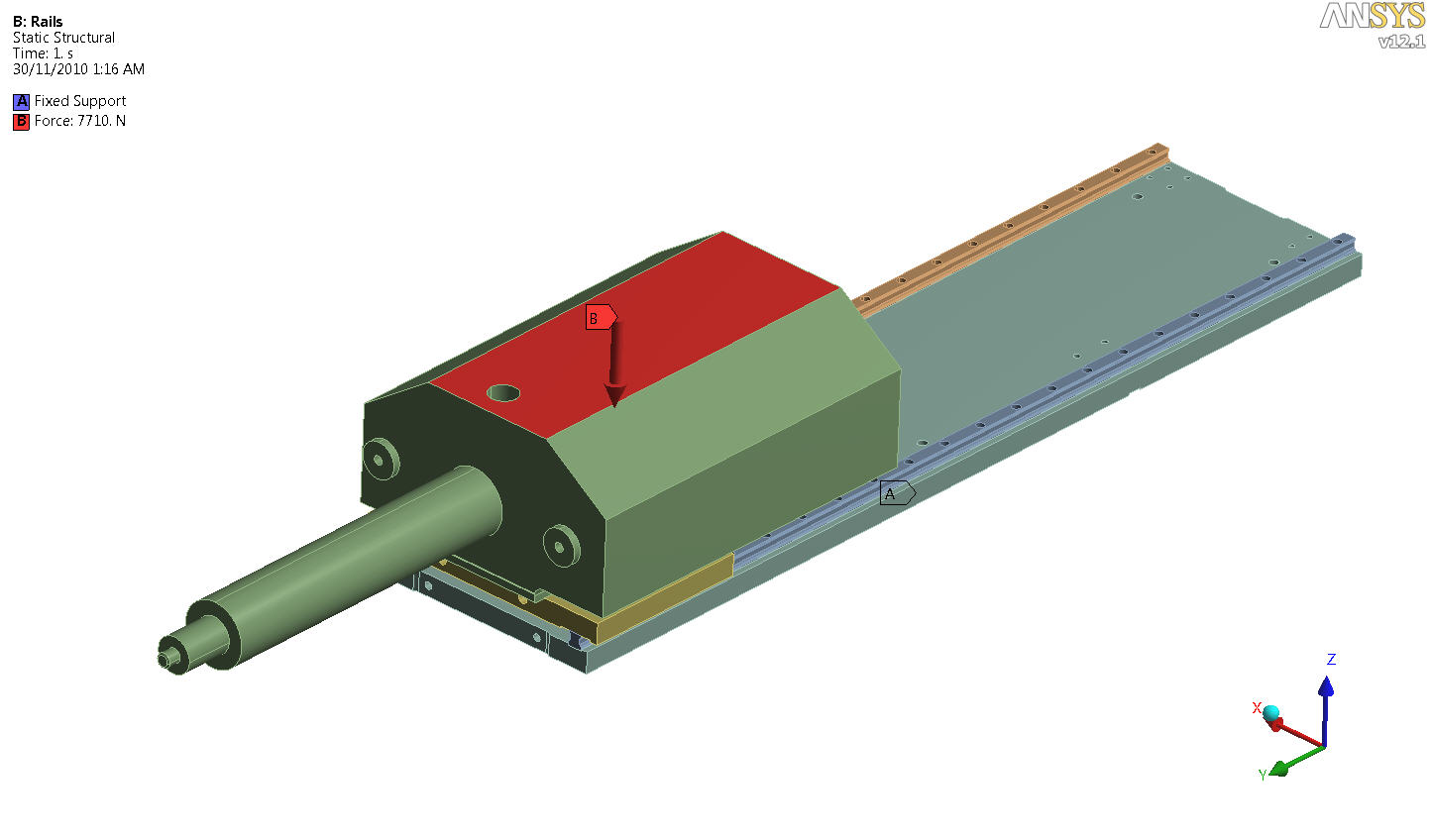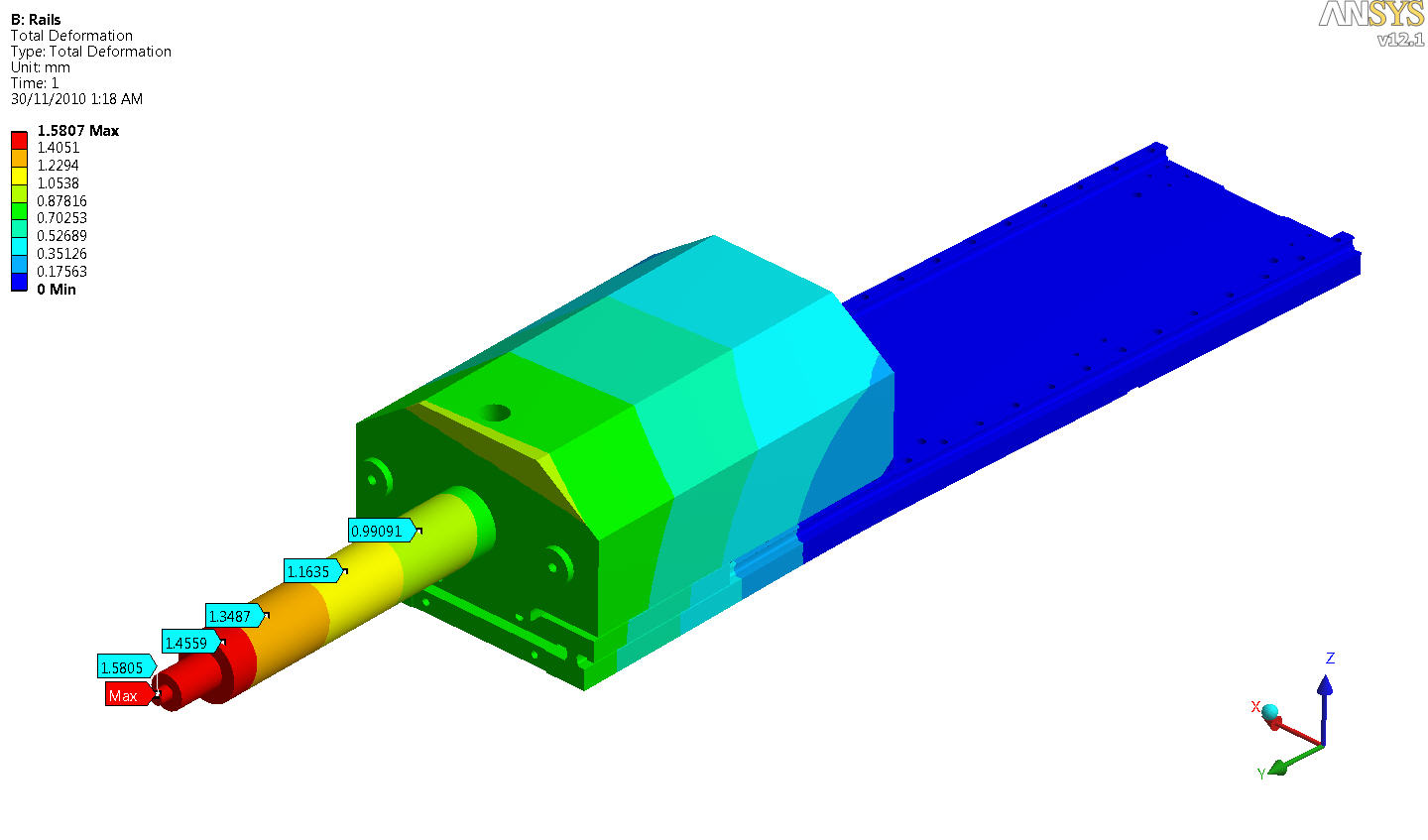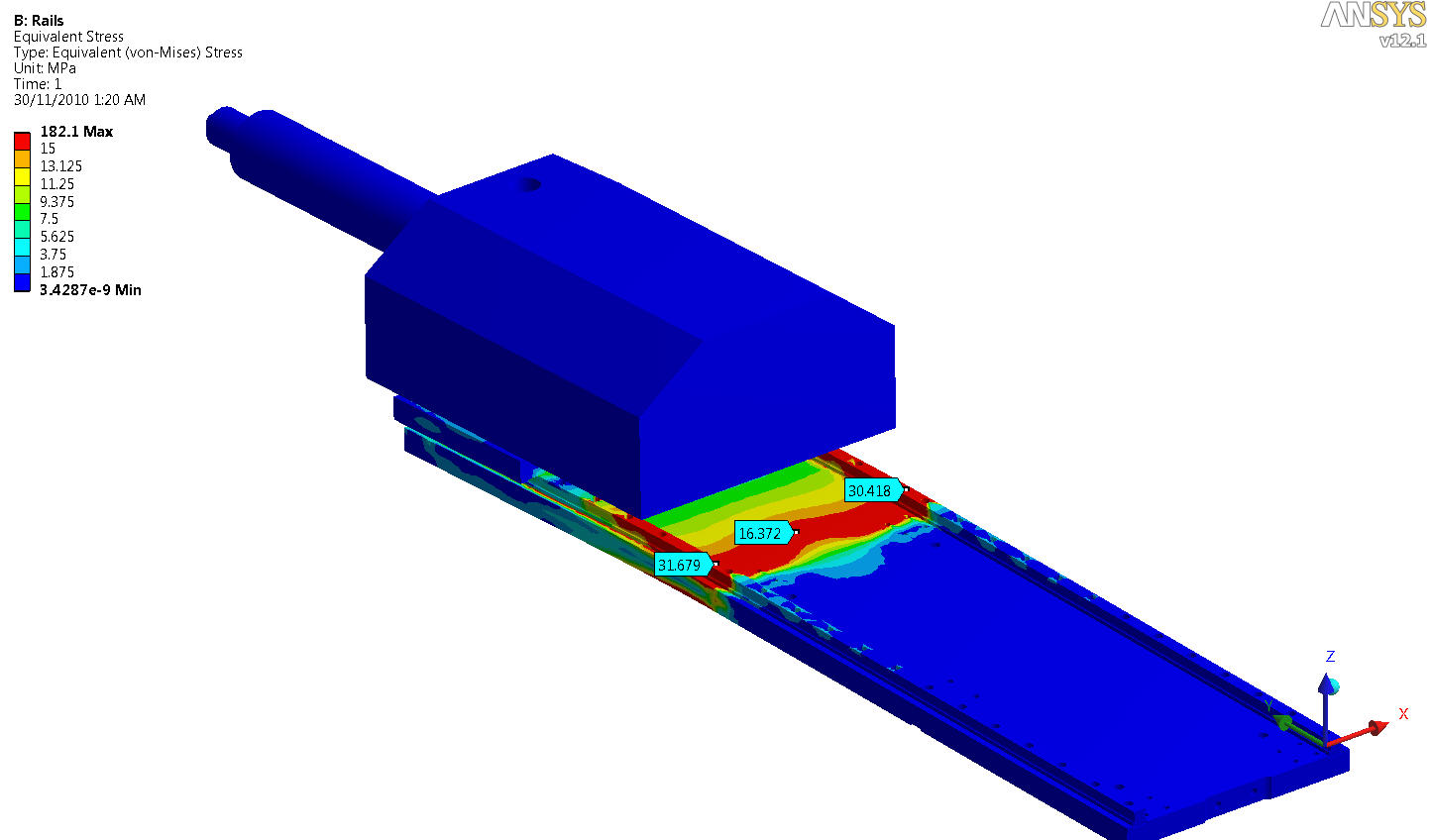Developing Innovative Products Using ANSYS Structural Simulations
Contents
Using ANSYS structural simulation software can lead to better product designs and shorter design cycles. ANSYS is usually used to solve challenging engineering problems and create better products using a vast library of elements and materials.
StampingSimulation utilizes ANSYS structural simulation tools when products other than sheet metal need to be analyzed OR an assembly of components must be considered, rather than an individual part. ANSYS allows us to connect multiple components together of different types and materials, and then apply a load scenario with full consideration of an entire assembly. Thin walled parts may also be connected to solid parts with ANSYS.

ANSYS simulation tools are also very effective for simulating problems that require solid FEA elements, as opposed to zero thickness membrane elements as is typical for sheet metal problems. Solving linear problems with solid elements is mostly straight forward in ANSYS but once the non-linear region is encountered, a different type of solver is required.
ANSYS Simulation for Non-Metal Materials
Without a doubt, we prefer to focus on structural steel type problems of all types, but StampingSimulation also has experience with the analysis of plastic and other non-metallic materials with the ANSYS software. Any object, or an assembly of objects, can have loads applied in ANSYS to determine the resulting deflection, and whether or not stresses exceed the Yield Point of the given material.

Although the ANSYS simulation may not continue into the non-linear region, as soon as the equivalent stress exceeds the material’s Yield Stress, this is a sure sign that the material has permanently deformed and will not return to its original position or shape after the load is removed. Generally, such an outcome would be considered a fail and the product (or assembly) would require strengthening to improve the outcome.
Benefits of ANSYS Simulation
Using ANSYS leads to better designs and shorter design cycles, by assessing loads and failures in the virtual world and correcting them without the need for many cycles of expensive prototyping. As with sheet metal forming simulation, the aim with ANSYS simulations is to design and simulate many times, until a satisfactory result is achieved, and then prototype the product once for confirmation of the outcome.
 Usually, strength may be added to a product by adding design features such as ribs or stiffening bars where possible, perhaps increasing the material thickness OR even selecting a stronger material in cases where product shape can not be changed.
Usually, strength may be added to a product by adding design features such as ribs or stiffening bars where possible, perhaps increasing the material thickness OR even selecting a stronger material in cases where product shape can not be changed.
Note that when a static load is applied to a structure and the goal is not to exceed the Yield Point of the material, no work hardening occurs (as is the case in sheet metal forming) and therefore material strength does not increase with the loading, in the linear region of the material’s stress-strain curve.
In the case of ANSYS software, it is always necessary to duplicate the load scenario in reality, to be sure the simulation results match reality without any unexpected outcomes. Sometimes the simulation inputs may need adjusting to more closely match reality, and better predict outcomes in reality, especially with non-metallic materials.
Your ANSYS Simulation Service Provider
Have questions about how ANSYS software can help your business and your product design? We’d love to chat with you. Contact us to investigate if ANSYS might be a perfect solution for your business.
Related Article: https://stampingsimulation.com/ansys-case-study/
